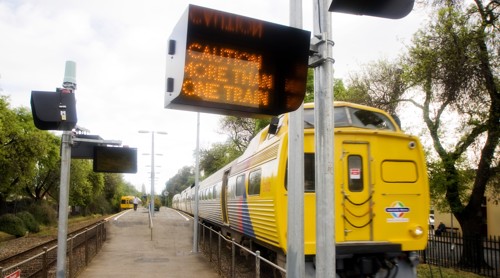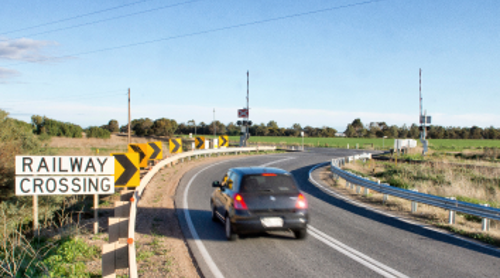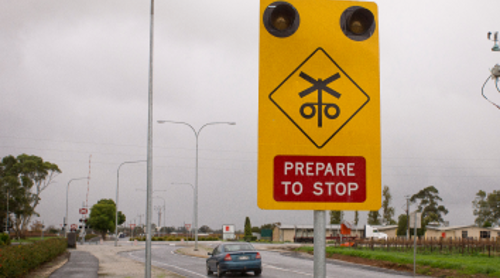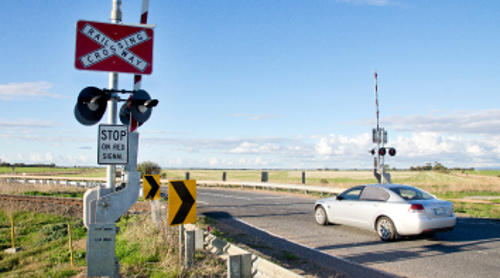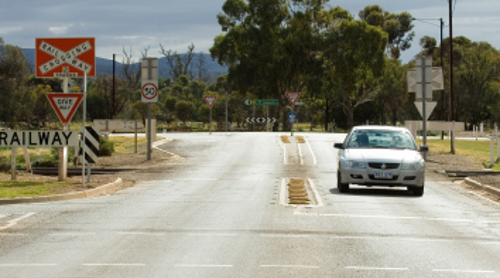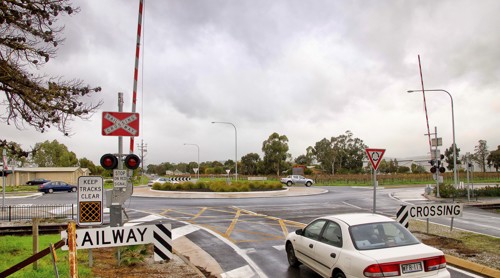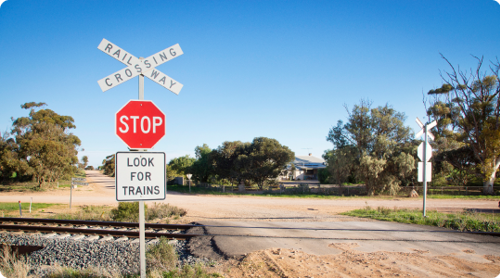
The National ALCAM Committee has representation from both road and rail authorities, and consists of up to two representatives, nominated by member organisations, from the level crossing committees from the following jurisdictions:
Where a jurisdiction does not have an active level crossing committee, representation is provided from the jurisdiction’s road manager and/or a jurisdiction-based rail infrastructure manager.
The National ALCAM Committee meet quarterly, and is complemented with standing advisors, subject matter experts and observers, who also attend meetings, workshops, and the Technical Sub-Committee.
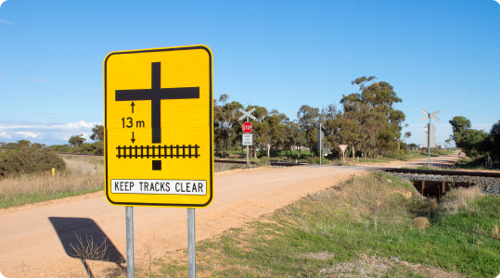
ALCAM is a trusted tool for stakeholders in Australia and New Zealand to assist them with their management of risk at level crossings.

